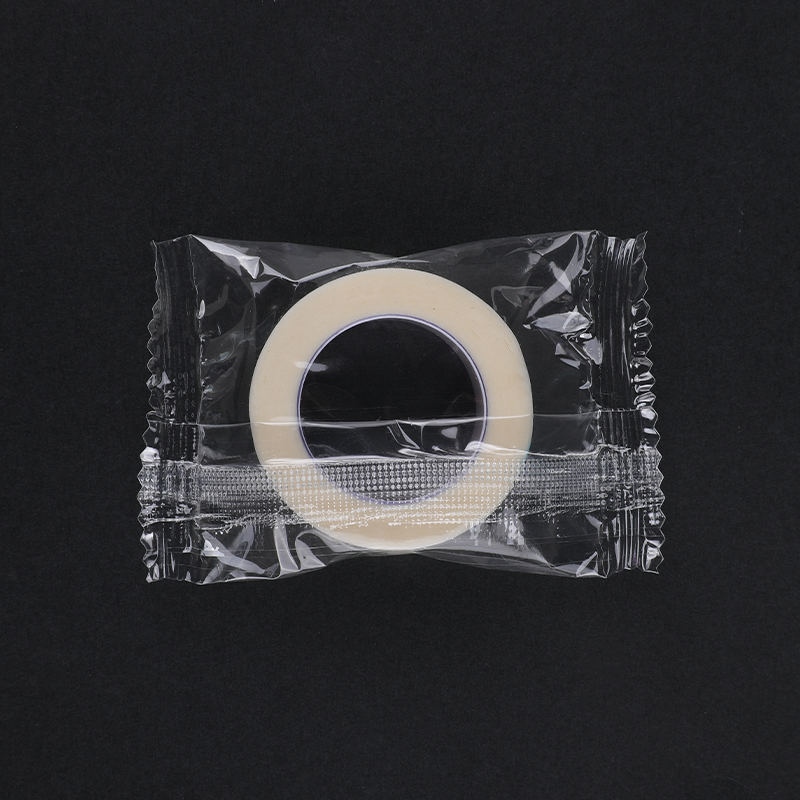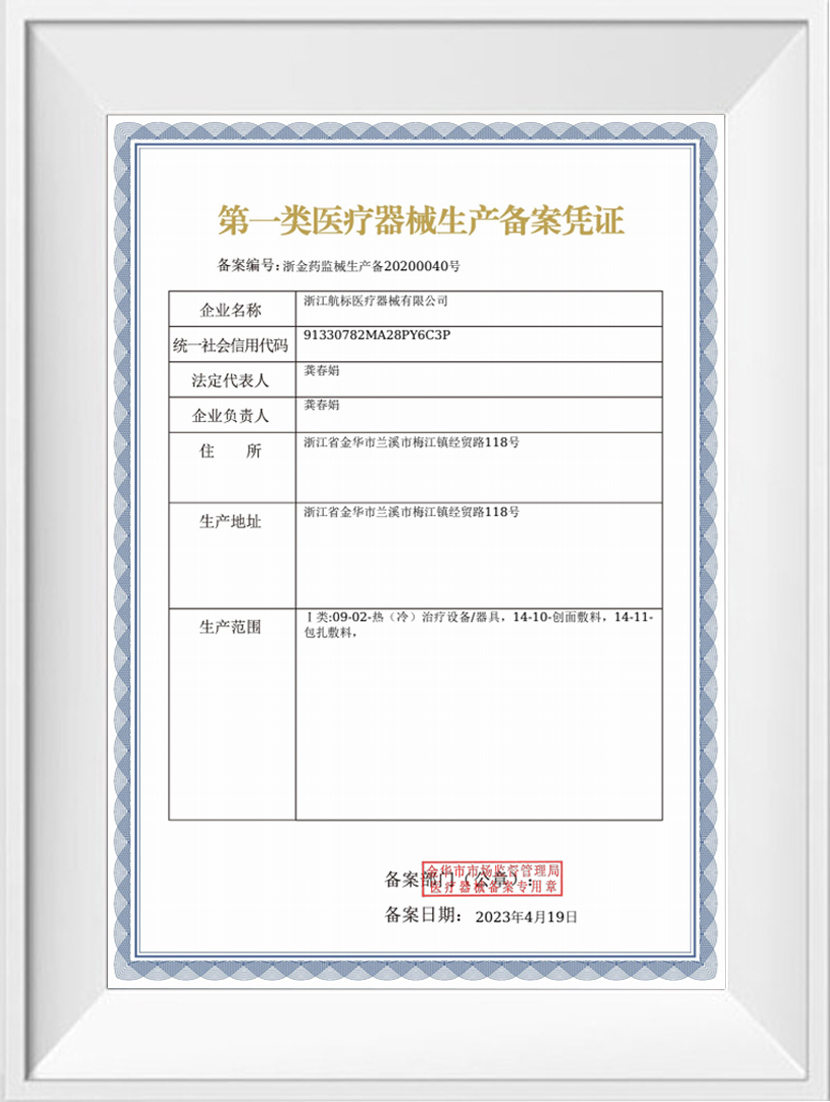Introduction
Silicone Scar Reducing Tape is widely used for managing and improving the appearance of scars, praised for its gentle and effective scar-healing properties. However, people with sensitive skin often wonder whether this product is safe and appropriate for their delicate skin type. This article examines the compatibility of Silicone Scar Reducing Tape with sensitive skin, exploring its composition, potential risks, and recommended precautions.

Understanding Sensitive Skin and Scar Care Needs
Sensitive skin is characterized by increased reactivity to external stimuli, often resulting in redness, itching, dryness, or irritation when exposed to certain materials or products. For individuals with sensitive skin, choosing scar treatment products requires extra caution to avoid exacerbating discomfort or triggering allergic reactions. Scar management products must therefore be hypoallergenic, non-irritating, and breathable while still providing therapeutic benefits.
Composition and Design of Silicone Scar Reducing Tape
Silicone Scar Reducing Tape is typically made with medical-grade silicone adhesive and a flexible backing designed for prolonged skin contact. The silicone adhesive is generally well-tolerated, non-toxic, and hypoallergenic, making it suitable for use on fragile or healing skin. Its occlusive nature helps maintain a moist environment that promotes scar remodeling without causing excessive dryness or irritation, which is beneficial for sensitive skin types.
Potential Skin Reactions and Risks
Despite its gentle formulation, some individuals with highly sensitive skin may experience mild irritation, redness, or itching when using the tape. These reactions are often due to mechanical friction, prolonged occlusion, or allergic responses to adhesive components. It is important to distinguish between normal skin adjustment and signs of an adverse reaction. Prolonged discomfort or worsening symptoms warrant discontinuing use and consulting a dermatologist.
Tips for Using Silicone Scar Reducing Tape on Sensitive Skin
For those with sensitive skin interested in using Silicone Scar Reducing Tape, several precautions can help reduce potential issues. Prior to application, cleaning the skin gently and ensuring it is dry can enhance adhesion and reduce irritation risk. Applying the tape to a small test area for 24 hours can help identify any sensitivity before broader use. Additionally, following recommended wear times and replacing the tape regularly prevents the buildup of sweat or debris that could aggravate the skin. Avoiding overlapping tape pieces and removing the tape slowly and carefully also reduces mechanical stress.
Benefits for Sensitive Skin Scar Care
When used properly, Silicone Scar Reducing Tape offers many advantages for sensitive skin. It provides a protective barrier against external irritants and friction, helps maintain suitable hydration for healing, and reduces the need for harsh topical products that can exacerbate sensitivity. Its breathable yet occlusive design supports scar improvement while being gentle on delicate skin.
Consulting Healthcare Professionals
Given the individual variability of skin sensitivity, consulting with a dermatologist before starting any scar treatment is advisable, especially for those with known allergies or chronic skin conditions. A healthcare professional can provide personalized guidance, suggest patch testing if necessary, and recommend complementary treatments to enhance scar healing without compromising skin health.
Conclusion
Silicone Scar Reducing Tape is generally suitable for sensitive skin due to its hypoallergenic silicone adhesive and gentle occlusive properties. While some users may experience mild irritation, careful application and adherence to usage guidelines significantly reduce risks. Individuals with sensitive skin should approach scar treatment thoughtfully, using precautions and professional advice to achieve the outcomes safely. This tape can be an effective part of a sensitive skin scar care regimen when used with proper care.



